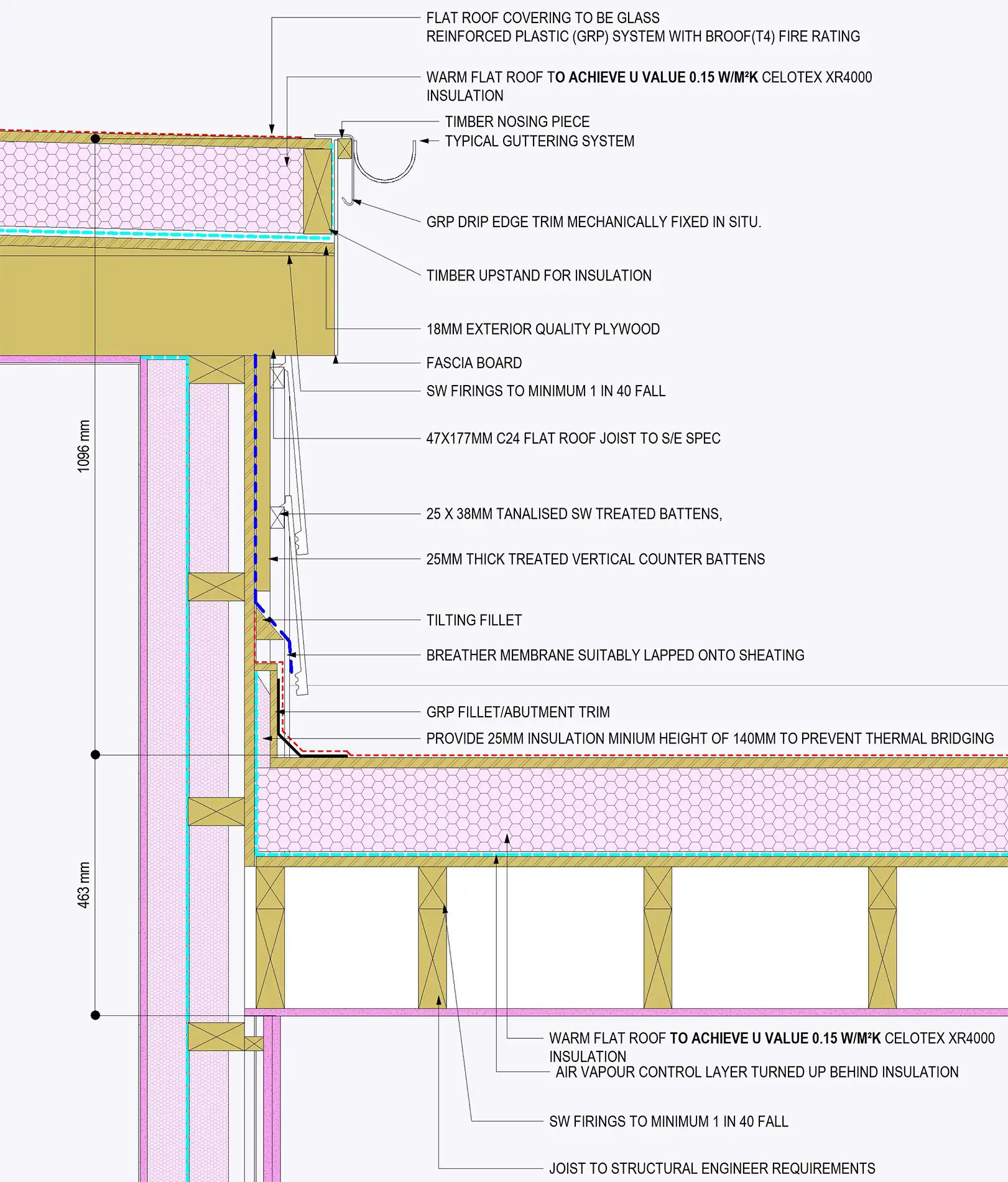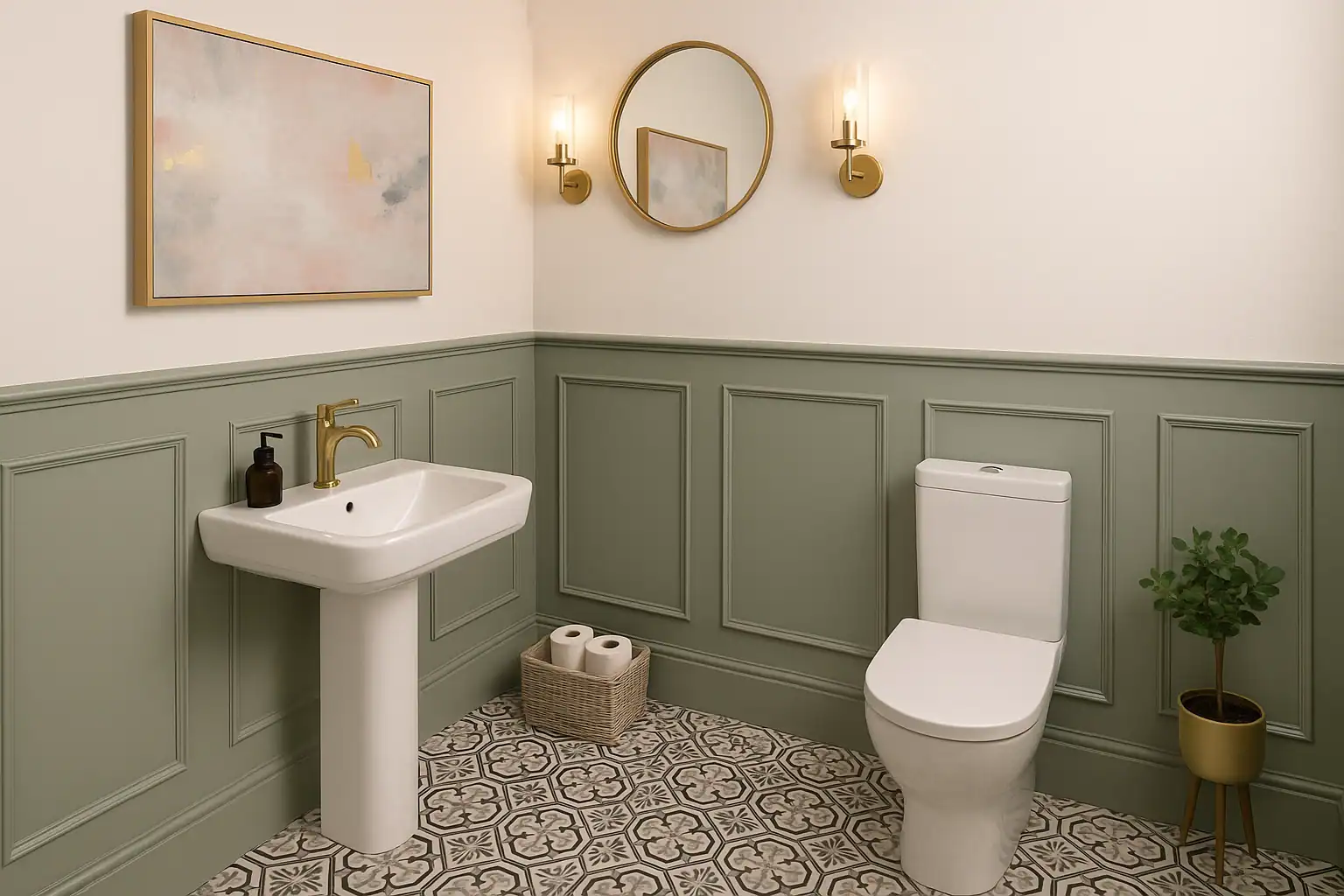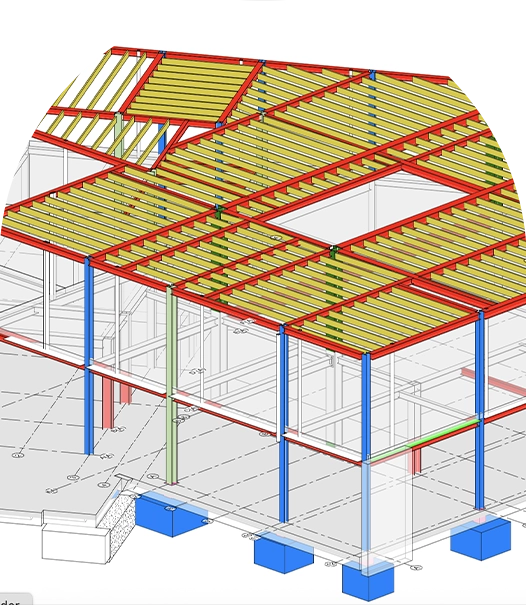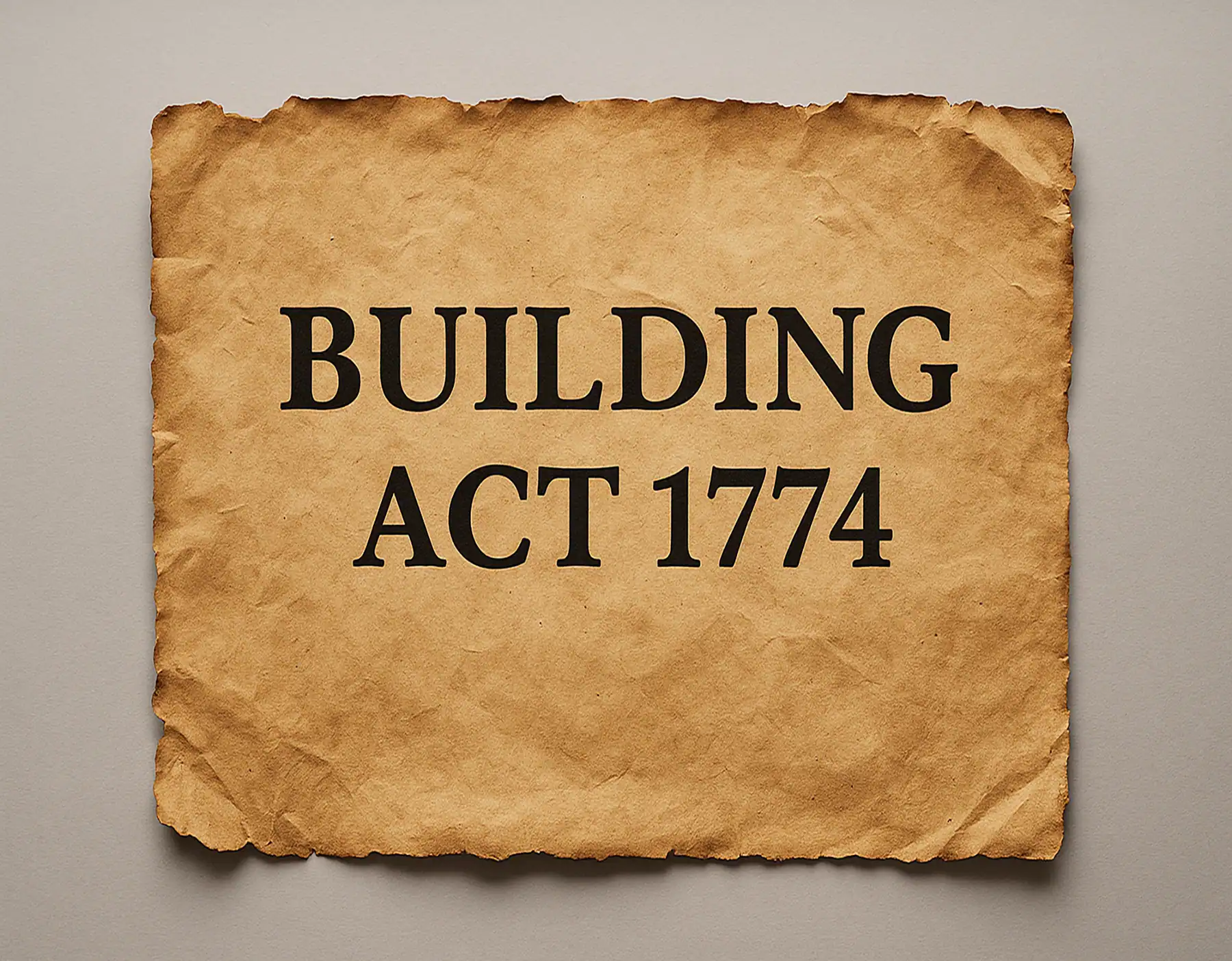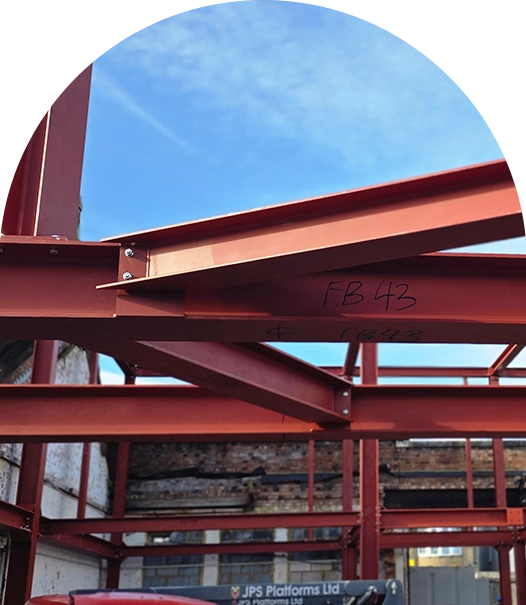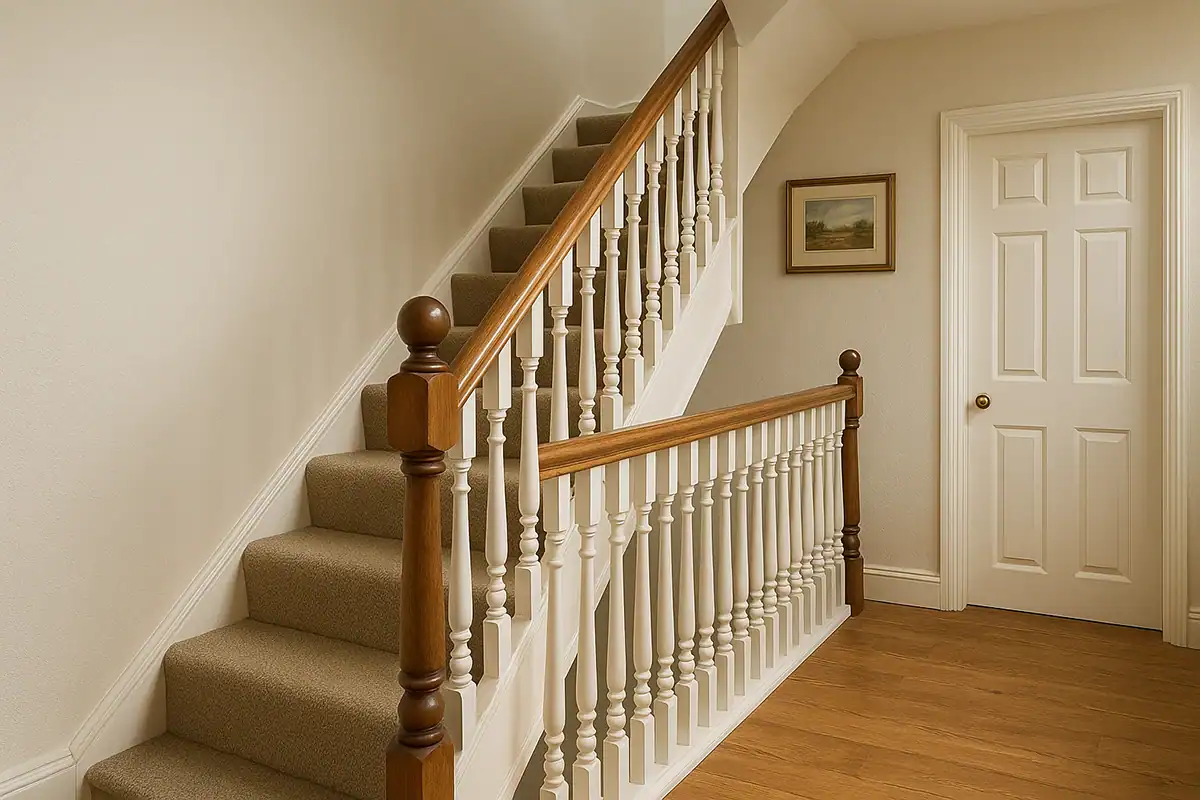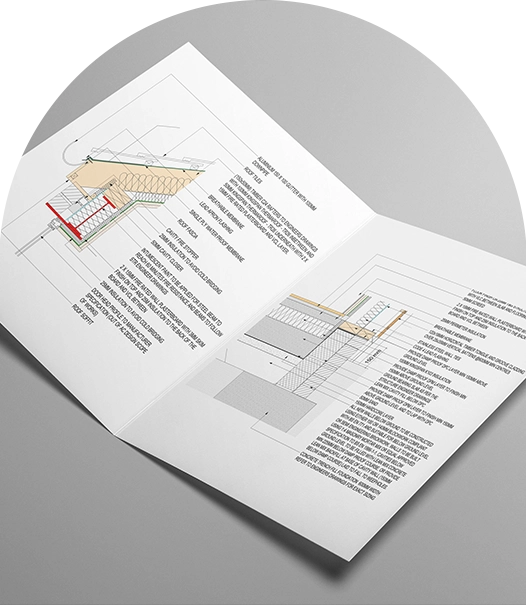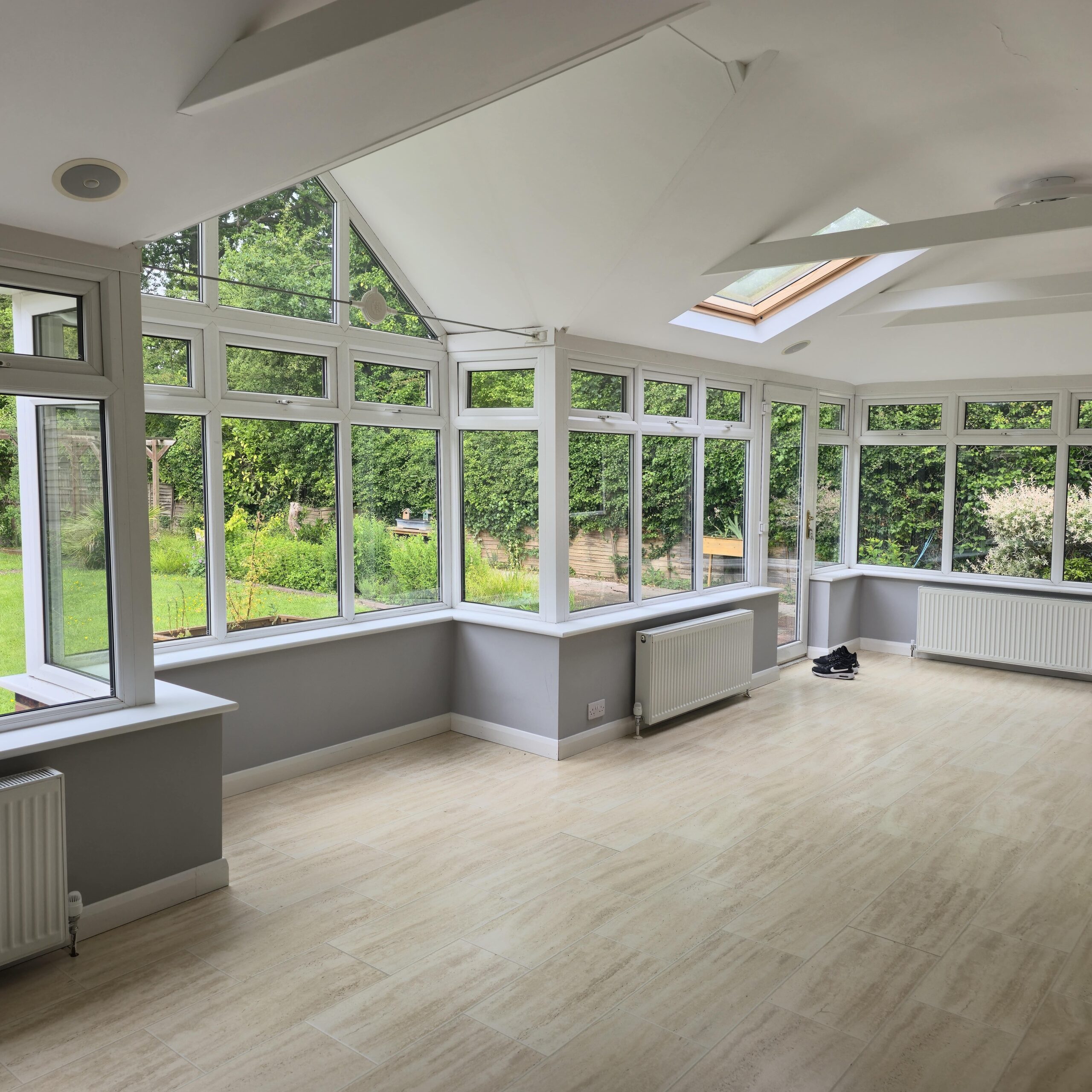Considering a loft conversion for your semi-detached house? You’re making a smart choice. Converting the loft in a semi-detached house offers excellent potential. This type of loft conversion often has more space than terraced homes. Plus they have fewer structural complications than detached house conversions.
Can you do a loft conversion on a semi-detached house?
Yes, absolutely. Semi detached houses are ideal for house loft conversion in barnet. Converting your loft offers several advantages over other property types.
Space availability is usually excellent. Semi-detached homes typically have good head height in the existing loft. The roof pitch is often steep enough for comfortable living space. The size of the loft is usually more generous than most terraced properties.
Structural considerations are manageable. The shared wall provides good structural support. This means fewer structural modifications needed. Converting the loft in a semi-detached house is often simpler than detached house conversions.
Access is usually straightforward. Most semi detached house properties have enough space for proper stairs. You won’t face the tight space constraints common in terraced houses.
loft conversion semi detached victorian house
Victorian semi-detached properties are particularly suitable for loft conversion. This type of loft conversion typically features high ceilings and steep roof pitches. The traditional cut timber roof construction is easier to work with than modern truss systems. Converting your loft in a Victorian house often provides excellent additional headroom and floor space.
Are loft conversions worth it?
A well-designed loft conversion delivers excellent value. This type of conversion is often one of the best home improvements for return on investment.
Financial benefits are substantial. A typical loft conversion can add 15-20% to your home’s value. In London, this can mean £50,000-£100,000+ increase. The cost of a loft conversion is usually much less than the value added.
Living space gains are immediate. Converting your loft gives you an extra bedroom, office, or playroom. This solves space problems without moving house. You avoid stamp duty, moving costs, and estate agent fees.
Time efficiency matters too. Converting the loft takes 6-8 weeks typically. Compare this to months of house hunting. Plus all the stress of moving.
What building regulation do I need to consider?
Building regulation approval is mandatory for all house loft conversion projects. Even if you don’t need planning permission, building regulation still apply to your loft conversion plans.
Key areas covered include:
- Structural safety and load calculations
- Fire safety including escape routes
- Insulation and energy efficiency standards
- Staircase design and safety requirements
- Ceiling height minimums (2.3m in most areas)
The approval process involves two stages. First, you submit loft conversion plans for approval. Then you have inspections during construction. Finally, you get a completion certificate.
“By utilising the Permitted Development Rights already attached to your home you can bypass the conventional planning process.”
Plan Permission and Building Regulation
Most house loft conversion projects qualify for permitted development. This is a huge advantage. You avoid the time and cost of full planning applications.
When you don’t need planning permission:
- Maximum 50 cubic metres additional space (40 for terraced houses)
- No extension beyond the existing roof slope facing a highway
- Materials must match the existing house where feasible
- Side-facing windows must be obscure-glazed below 1.7m
When you do need planning permission:
- Your property is listed or in a conservation area
- You’ve already used permitted development rights
- The conversion exceeds size limits
- You want dormer windows facing the street
Top Tips when designing a loft space!
Everything you need to know about creating your new loft space starts with smart design choices.
Maximise natural light at every opportunity. A roof light loft conversion provides excellent illumination. Roof lights are usually more cost-effective than dormers. They provide excellent light and views. Consider positioning over key areas like desks or seating.
Plan storage from the start. Loft spaces often have awkward areas under sloping roofs. Built-in storage makes these spaces work hard. Think wardrobes, drawers, and shelving. This is part of your loft conversion planning.
Consider ceiling height carefully. Different areas need different heights. Circulation areas can be lower. Living areas need full height where possible. Going into the loft should feel comfortable throughout.
Insulation is crucial for comfort. Lofts get hot in summer and cold in winter. Proper insulation and ventilation solve both problems. Don’t skimp on this area – it can add to the overall cost but improves comfort significantly.
Are semi-detached loft conversion complicated?
Semi detached loft conversion projects are actually less complicated than many other types. The shared wall provides natural structural support. Access is usually easier than terraced properties.
Main complexity factors include:
- Party wall agreements if work affects the shared wall
- Structural calculations for any beam installations
- Building regulation compliance for fire safety
- Coordinating with neighbours during construction
This detailed guide explains everything you need to know about the conversion process.
Cost of a Loft Conversion for a Detached House vs Semi Detached House
When comparing costs, a semi detached house often offers better value than a detached house conversion. Semi-detached properties typically need less structural work. The shared wall provides support that detached house conversions lack.
Loft Conversion Type Options
Check out our guide to the main loft conversion type options available:
Velux loft conversion
This loft conversion type is the simplest and most cost-effective option. Perfect for semi-detached properties with good existing head height.
The conversion involves: Installing roof windows in the existing roof slope. No major structural changes needed. Usually the fastest way to convert a loft.
Best for: Bedrooms, home offices, or studios. Works well when you just need basic additional space.
Cost of a loft conversion: Typically £15,000-£25,000 depending on size and specification.
Dormer loft conversion
A dormer loft conversion is this conversion type that adds both space and height. Very popular for semi-detached houses with lower roof pitches. A semi detached dormer loft conversion creates excellent additional space.
The conversion involves: Building a dormer window that projects from the roof slope. Creates vertical walls and additional floor space.
Types available:
- Flat roof dormer (most common and cost-effective)
- Pitched roof dormer (matches existing roof style)
- Shed dormer (spans most of the roof width)
Best for: Full bedrooms with en-suite bathrooms. Master suites work particularly well. Adding a bed becomes much easier with the extra headroom.
Cost of labour and materials: £20,000-£40,000 depending on size and complexity.
Modular loft conversion
A modular loft conversion involves prefabricated components. This type of loft conversion is becoming increasingly popular.
The conversion involves: Installing pre-made structural elements. Reduces on-site construction time significantly.
Best for: Quick turnaround projects where minimal disruption is crucial.
Mansard loft conversion
The mansard loft conversion involves significant structural changes. This loft conversion type creates maximum space and adds substantial value.
Conversion involves altering the roof: Replacing the entire roof slope with a steep angled wall and flat roof section. Provides nearly full-height ceilings throughout.
Best for: Large bedrooms, multiple rooms, or luxury master suites. Ideal when you want maximum space.
Cost of labour and materials: £35,000-£60,000+ depending on size and specification.
Planning: Often requires planning permission due to the significant roof changes.
Hip to gable loft conversion
A hip to gable loft conversion is often perfect for semi-detached houses with hipped roofs. This conversion type creates substantial additional space. A semi loft conversion using hip to gable methods is very effective.
The conversion involves: Extending the roof to the side wall (gable end). Converts the sloping hip into a vertical gable wall.
Space gains: Can double the usable loft space in many cases. Creates room for full-height areas throughout.
Best for: Large conversions or multiple rooms. Often combined with dormers for maximum space. Perfect when you need a proper bed area with full headroom.
Cost of a loft conversion: £25,000-£45,000 depending on the structural work required.
Converting the Loft: A Step-by-Step Process
Converting the loft in your semi detached house follows a clear process. This section covers everything you need to know about the conversion stages.
Party Wall Agreement
Impact on neighbouring properties
When party wall procedures apply:
- Work within 3 metres of the neighbour’s property
- Any work that affects the shared wall structure
- Excavation for foundations or structural support
The process protects everyone. Your neighbour gets formal notice. They can have their own surveyor check the work. Everyone knows exactly what’s happening.
When does a loft conversion fall under permitted development?
Standard criteria for permitted development:
| Requirement | Semi-Detached Limit |
|---|---|
| Volume increase | 50 cubic metres maximum |
| Height restrictions | No higher than existing ridge |
| Materials | Match existing where possible |
| Side windows | Obscure glazed below 1.7m |
| Roof extensions | Not on front slope facing highway |
When You Need Planning Permission
You need planning permission when:
- Exceeding permitted development limits
- Listed building or conservation area location
- Dormer windows on front-facing roof slopes
- Multiple roof extensions or complex designs
- Local authority Article 4 directions in place
Getting your loft conversion approved requires understanding these rules. Whether you’re considering semi-detached or detached properties, planning rules apply consistently.
Party Wall Agreement for a loft conversion
Three types of party wall notice:
- Line of Junction Notice – Work on the boundary line
- Party Structure Notice – Work affecting shared walls
- 3-metre Notice – Excavation near neighbouring buildings
Timeline for party wall procedures:
- Serve notice 2 months before starting work
- Neighbour has 14 days to respond
- If disputed, surveyors appointed to create award
- Award must be in place before work starts
How much does an architect charge?
Architect fees vary based on project complexity:
| Service Type | Typical Cost |
|---|---|
| Design and drawings only | £2,000-£4,000 |
| Full service including planning | £3,000-£6,000 |
| Complete package with building control | £4,000-£8,000 |
What affects the cost:
- Property size and conversion complexity
- Type of conversion (Velux vs mansard)
- Planning permission requirements
- Structural engineering needs
Semi Detached Loft Conversion Ideas
Loft conversion stairs
Staircase options for semi-detached properties:
Straight flight stairs: Most space-efficient option. Works well when you have a long hallway. Usually the most cost-effective choice for your loft conversion.
L-shaped stairs: Good for corner positions. Turns 90 degrees, often fitting better in existing layouts. May need less hallway space.
Building regulation requirements:
- Minimum 220mm going (tread depth)
- Maximum 220mm rise (step height)
- Minimum 2m headroom where possible
- Handrails on both sides if width exceeds 1m
loft conversion semi detached bungalow
Bungalow conversions have special considerations:
Structural requirements are often greater. Bungalows typically need more significant structural work. The existing structure wasn’t designed for upper floors.
Access planning is crucial. Adding stairs to a bungalow affects the entire ground floor plan. Careful planning minimises disruption.
You might need planning permission. Bungalow loft conversion often exceed permitted development rights.
loft conversion semi detached cost
Cost breakdown for typical loft conversion:
| Element | Percentage of Total |
|---|---|
| Construction work | 60-70% |
| Professional fees | 10-15% |
| Building control fees | 2-3% |
| Materials upgrade | 10-15% |
| Contingency | 10% |
FAQ
Q.How much does a semi-detached loft conversion cost?
Typical cost of a loft conversion by type:
| Conversion Type | Cost Range |
|---|---|
| Velux conversion | £15,000-£25,000 |
| Rear dormer | £20,000-£35,000 |
| Side return extension | £25,000-£40,000 |
| Mansard conversion | £35,000-£60,000 |
| Hip to gable with dormer | £30,000-£50,000 |
Q. What is the 4 year rule for loft conversion?
The 4-year rule relates to enforcement action for building work done without proper permissions.
How it works: If building work has been completed for 4+ years without enforcement action, councils usually can’t take action. But this is risky to rely on.
The risks are significant:
- Insurance may not cover unapproved work
- Mortgage lenders often refuse to lend
- Sale complications when no completion certificate exists
- Safety issues if work doesn’t meet regulation
Q. Which lofts cannot be converted?
Properties unsuitable for loft conversion:
Low ridge height. If the ridge height is less than 2.3m from the floor level, converting your loft is difficult. Modern building regulation need adequate head height.
Newer truss roof construction. Modern truss roofs use W-shaped timber frameworks. These are harder to convert a loft than traditional cut timber roofs.
Poor access routes. If there’s no space for proper stairs, your loft conversion might not be viable. Building regulation are strict about escape routes.
Q. Are semi-detached loft conversion a good way to add space and value?
Yes, absolutely. Semi-detached loft conversion offer excellent returns on investment.
Space benefits are immediate. You gain usable space without extending your property footprint. This is particularly valuable in areas with small gardens.
Value increases are substantial. A well-designed loft conversion typically adds 15-20% to property value. In many areas, this exceeds the cost of a loft conversion significantly.
Q. Can a neighbour block a loft conversion?
Neighbours cannot block permitted development conversions. If your loft conversion qualifies for permitted development rights, neighbours have no legal right to object.
Planning applications allow neighbour comments. If you need planning permission, neighbours can submit objections. But planning officers make decisions based on planning policy, not neighbour preferences.
Q. How long does a semi-detached loft conversion take?
Typical timelines by loft conversion type:
| Conversion Type | Timeline |
|---|---|
| Velux conversion | 4-6 weeks |
| Single dormer | 6-8 weeks |
| Large dormer | 8-10 weeks |
| Mansard conversion | 10-14 weeks |
| Hip to gable | 8-12 weeks |
Timeline breakdown:
- Design and approvals: 6-12 weeks
- Construction work: 4-14 weeks (depending on type of loft conversion)
- Final inspections: 1-2 weeks
Part of the conversion process involves careful timing. Your loft conversion company should provide realistic schedules.
This guide to loft conversion demonstrates that semi detached loft conversion offer outstanding potential. With proper planning, you’ll create valuable living space. A loft conversion floor plan designed properly makes your loft conversion feel spacious and functional.
Your loft conversion might be right for your family’s needs. Whether you choose a simple conversion or complex design, part of your loft conversion success depends on professional planning and execution.





